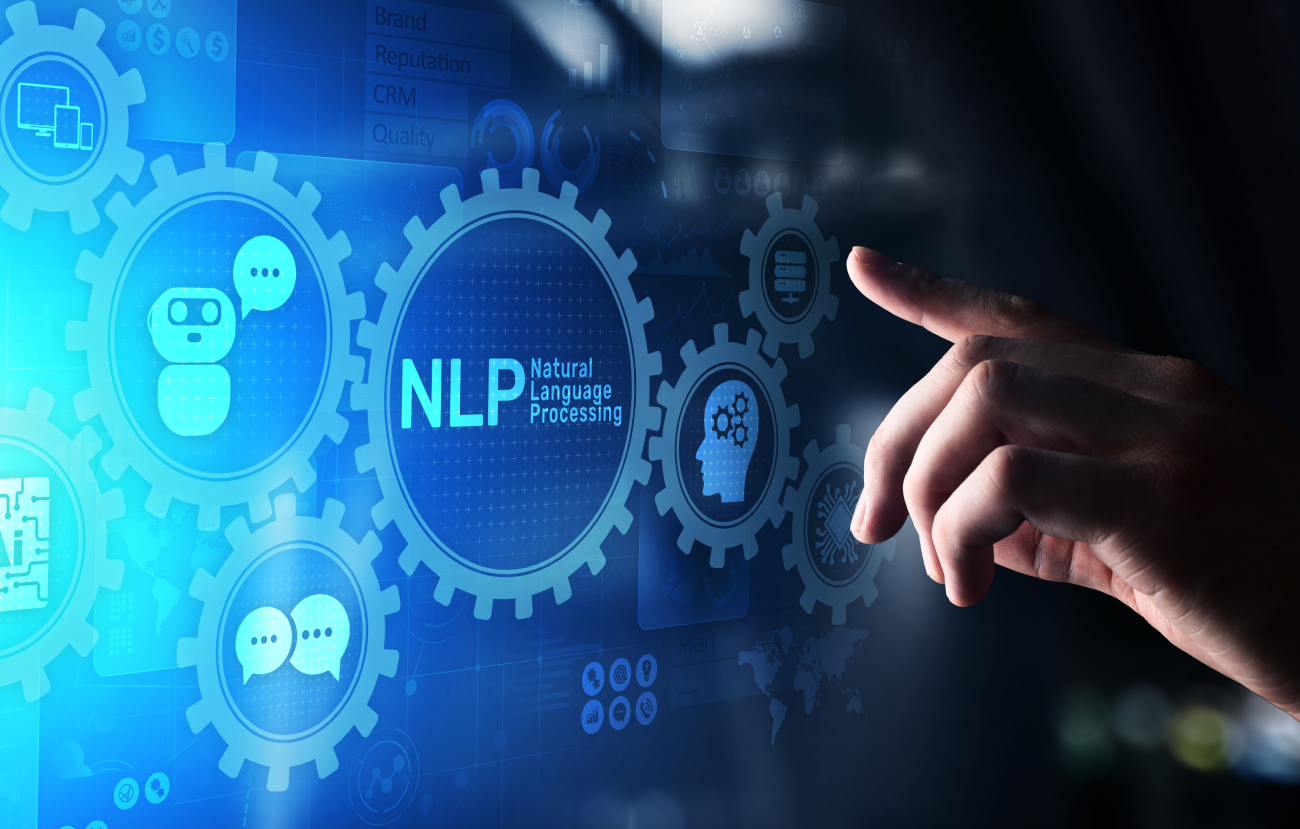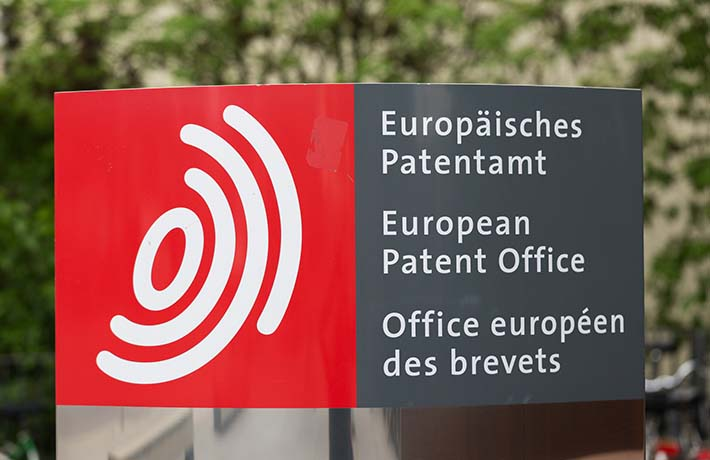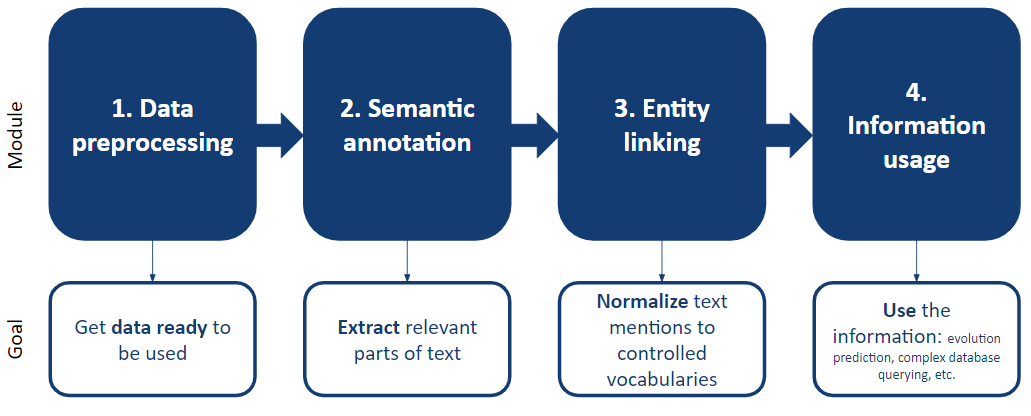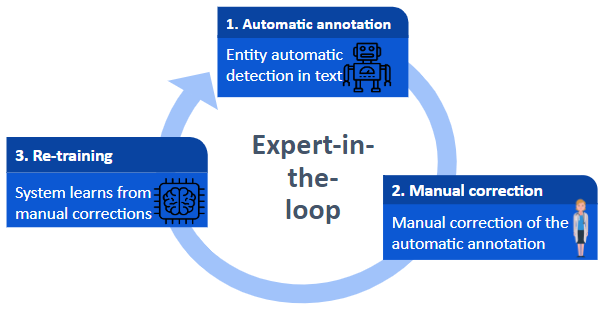
Natural Language Processing accelerates medical and engineering research in biomaterials
The problem
Biomaterials represent an essential tool in surgery, medicine and dentistry. With the ageing population in many countries, particularly in the European Union, the upward trend of biomaterials will only grow to preserve health, mobility and self-sufficiency in the elderly population. The large numbers involved in hip and knee replacement (see Figure 1), for instance, illustrate the significance of a state-of-the-art industry that produces only the best articles to avoid adverse effects and delay the need for re-replacement.
![BIOMATDB Article Natural Language Processing accelerates medical and engineering research in biomaterials img01 Figure 1: Hip replacements per country in 2019 [1]](https://www.biomatdb.eu/wp-content/uploads/elementor/thumbs/BIOMATDB-Article-Natural-Language-Processing-accelerates-medical-and-engineering-research-in-biomaterials-img01-e1669212268410-py508ib6yj0ouzn5jfwtc5j5gl13jxgsacovxezq78.png)
Alarmingly, the WHO estimates that only 1 in 10 people in need have access to assistive products, including prostheses and orthoses, because of their high cost and a lack of awareness, availability, trained personnel, policy and financing [2]. Efforts of research, the industry and international organisations should aim at bridging the gap between health systems in order to reduce health inequality and make sure that all people access the best solutions. The BIOMATDB consortium tries to address the above challenges by developing a biomaterials database and a biomaterials marketplace. These solutions can help to better assess the biological and clinical usefulness of biomaterials, make biomaterial data available to a wide range of end users in a structured way, and facilitate market access for companies and SMEs. After a brief overview of what biomaterials are and where they can be found, this article explains how technologies such as NLP can help leverage biomaterial information sources to drive developments such as the BIOMATDB solutions.
Biomaterials
Biomaterials are designed to positively impact health. They are of particular interest for what is known as Regenerative Medicine, which develops new treatments to heal tissues and organs and restore functions impaired due to aging, damage and disease. Another very exciting application field are Advanced drug delivery systems which are, for example, based on micelles or polymeric nanoparticles, and carry medicines such as chemotherapy drugs to precisely target areas of interest and spare the rest of the body. Current uses of biomaterials can be summarised as follows [3]:
- Medical implants, including heart valves, artificial joints, tendons and dental implants;
- Methods to promote healing of human tissues, including sutures, staples for wound closure, dissolvable dressings or smart dressings;
- Regenerated human tissues, combining biomaterial supports or scaffolds, cells, and bioactive molecules, for instance a bone regenerating hydrogel;
- Molecular probes and nanoparticles that break through biological barriers and aid in cancer imaging and therapy;
- Biosensors to detect the presence and amount of specific substances and to transmit that data, for instance, blood glucose monitoring devices,
- Drug-delivery systems that carry and/or apply drugs to a disease target, for instance, implantable chemotherapy wafers for cancer patients.
![Figure 2: A manufacturable smart dressing with oxygen delivery and sensing capability for chronic wound management [4]](https://www.biomatdb.eu/wp-content/uploads/2022/11/BIOMATDB-Article-Natural-Language-Processing-accelerates-medical-and-engineering-research-in-biomaterials-img02.png)
Information sources
Before engineers develop new products and doctors and dentists can think of clinical applications in humans, the first step is always a review of what has already been done to avoid duplication and prevent adverse effects.
Unfortunately, information regarding biomaterials is widely scattered, starting by the ambiguous definition of what constitutes a biomaterial. Accordingly, sources to achieve a comprehensive information search on the types, development, marketing, use and effects of biomaterials should at least include the following: relevant scientific articles of engineering, biology, medicine and dentistry; patent registries from the countries more involved in the development and marketing of biomaterials; industry news; and whenever feasible, electronic health records.

The information obtained from each of these sources is very different, and all extremely relevant if the goal is to accelerate global access to the safe implementation of biomaterials for the improvement of human health.
NLP, the sophisticated solution
Undoubtedly, Artificial Intelligence (AI), i.e., the simulation of human intelligence by computer systems, will play a pivotal role in the medicine of the coming decades. Its role will range from in silico experimentation to triaging cancer screening imaging to prognostic predictions. Within Artificial Intelligence, Natural Language Processing (NLP; techniques that adapt human language to be processed and analysed by computers), Machine Learning (ML; techniques that train computers to automatically learn from experience) and Text Mining (TM; analysis of large numbers of documents to look for specific information and to discover new answers) should be featured prominently. Even if at first glance these techniques seem ancillary, they are uniquely able to extract the most relevant written information in scientific literature, patent forms and news. Moreover, they can also process the most relevant thoughts, feelings and impressions of patients and doctors. Finally, using entity linking techniques, the texts will be normalised to the most adequate ontologies and terminologies, such as ICD-10 (International Statistical Classification of Diseases and Related Health Problems 10th Revision) and SNOMED-CT (Systematized Nomenclature of Medicine – Clinical Terms). After normalisation, these scientific texts and human thoughts become machine-readable and are ready to contribute to our pool of knowledge.

Figure 4 details the process of extracting data, annotating, entity linking, and information usage for research and implementation purposes. When devising a plan to extract this varied information, NLP experts need to take into account all the possible expressions referring to biomaterials, their marketisation and their effects (beneficial and adverse) on the body. Some expressions might be very obvious -for instance, a mention of a “silicone prosthesis”- whereas others will hide behind more general words such as “nanotechnology” or “advanced drug delivery system“. Similarly, the clinical texts might present obvious mentions such as “allergy to zirconia dental implant”, or more subtle references to “recurrent infective endocarditis” after a catheter has been introduced in the venous system.
In any case, these complexities illustrate the need to have experts in the loop to assist with annotation projects and to make sure that the annotations are scientifically sound and accurate. In this case, the experts should include specialists in biomaterials as well as clinicians.

![BIOMATDB Article Natural Language Processing accelerates medical and engineering research in biomaterials img04 Figure 6: Biomaterials annotation according to DEBBIE rules [5]](https://www.biomatdb.eu/wp-content/uploads/elementor/thumbs/BIOMATDB-Article-Natural-Language-Processing-accelerates-medical-and-engineering-research-in-biomaterials-img04-e1669212294212-py5097oxze278z8iobvm66rbl5zryj81wfeh2wl9b0.png)
Figure 6 has been obtained from the DEBBIE website, an ontology of biomaterials and their biological effects [6], and illustrates the annotation of an abstract of a scientific article.
Electronic health records (EHRs), real-life reports of clinical conditions of the patients as written by doctors, nurses, physiotherapists, psychologists, etc., always represent a challenge for NLP specialists. However, EHRs contain unique information about the use and effects of biomaterials that cannot be found elsewhere. The paragraph in Figure 7 corresponds to a dentistry case report annotated with the brat annotation tool. Underlined in green are annotations corresponding to biomaterials (originally in Spanish, translation in white and blue):

Conclusion
Advancement of NLP techniques will facilitate the leverage of previous research and other documents. Together with instruments like knowledge graphs, NLP can greatly contribute to generating new hypotheses and tools that will ultimately accelerate the creation and global implementation of biomaterials for the improvement of human health.
Author: Eulàlia Farré-Maduell
References (English)
[1] OECD Health Statistics (2021). Hip and knee replacement. [online] Available at: https://www.oecd-ilibrary.org/sites/8b492d7a-en/index.html?itemId=/content/component/8b492d7a-en#figure-d1e5623
[2] World Health Organisation (2017). WHO standards for prosthetics and orthotics. [online] Available at: https://www.who.int/publications/i/item/9789241512480
[3] National Institute of Biomedical Imaging and Bioengineering (2017). Biomaterials. [online] Available at: https://www.nibib.nih.gov/science-education/science-topics/biomaterials#pid-5116
[4] Ochoa, M., Rahimi, R., Zhou, J., Jiang, H., Yoon, C. K., et al. (2018). A manufacturable smart dressing with oxygen delivery and sensing capability for chronic wound management. In: SPIE Defense + Security. [online] Orlando: SPIE Digital Library. Available at: https://www.researchgate.net/publication/325026179_A_manufacturable_smart_dressing_with_oxygen_delivery_and_sensing_capability_for_chronic_wound_management
[5] DEBBIE. What are annotations? [online] Available at: https://projectdebbie.github.io/documentation.html
[6] DEBBIE. About. [online] Available at: https://projectdebbie.github.io/#about